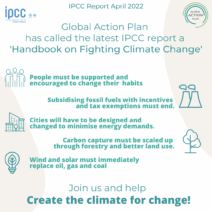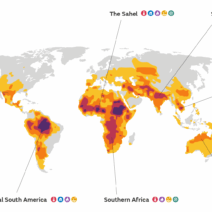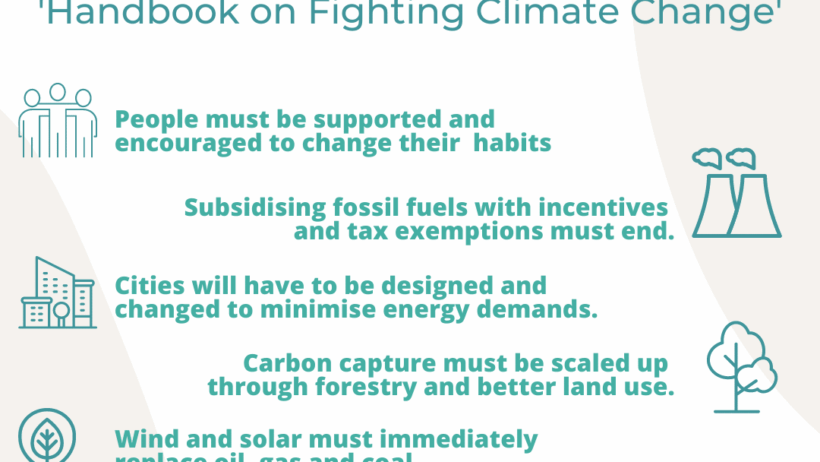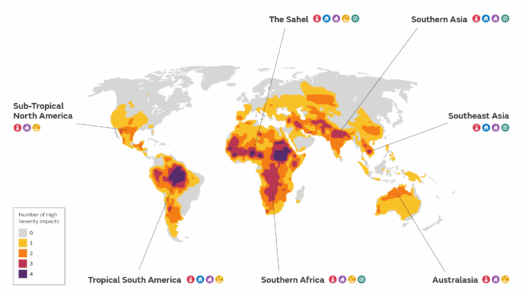In the face of escalating climate change, cities around the world are embarking on ambitious journeys to formulate Climate Action Plans (CAPs). These plans serve as robust blueprints aimed at reducing carbon emissions, enhancing resilience against climate impacts, and fostering sustainable urban environments. You might wonder, what exactly is a Climate Action Plan, and how are cities uniting in the fight against global warming?
A Climate Action Plan is a strategic framework executed by municipalities, outlining specific actions, policies, and measures to mitigate climate change. It encompasses various initiatives aimed at both reducing greenhouse gas emissions and adapting to unavoidable climatic alterations. From promoting renewable energy and enhancing energy efficiency to improving public transportation and urban green spaces, these plans are multifaceted in their approach. However, the core intention remains the same: safeguarding the planet for future generations.
To illustrate the significance of CAPs, let’s evaluate some exemplary cities leading the charge. Take San Francisco, for instance, which has established itself as a pioneering model with its Climate Action Strategy. The city strives to achieve a remarkable target of carbon neutrality by 2050. Through an amalgamation of electrification projects, like retrofitting buildings with energy-efficient technologies and incentivizing electric vehicle usage, San Francisco is positioning itself at the forefront of sustainable urban living. Have you ever considered how many unique solutions cities can uncover to combat climate change?
Meanwhile, in Europe, cities such as Copenhagen are truly at the helm of innovative practices. An audacious endeavor to become the world’s first carbon-neutral capital by 2025 illustrates the ambitious nature of these plans. The Danish capital has successfully integrated cycling infrastructure, promoting public transport, and harnessing wind energy. By aligning urban planning with environmental goals, Copenhagen’s efforts exemplify the holistic nature of Climate Action Plans.
Another notable example emerges from Singapore, where the government embraces a long-term vision, dubbed the ‘Singapore Green Plan 2030.’ This initiative emphasizes sustainability across multiple sectors, including energy, waste management, and biodiversity. The strategic redevelopment of city spaces fosters an environment where nature and urban life coexist harmoniously. Citizens are encouraged to participate actively in ecologically friendly activities, thereby fostering a culture of environmental stewardship.
Nevertheless, formulating and implementing a CAP is not devoid of challenges. Each urban center may face unique geographic and socioeconomic circumstances that complicate upcoming initiatives. For instance, cities in developing countries often grapple with limited financial resources and inadequate infrastructure. As environmental activists gather momentum, how do cities devise practical solutions tailored to their specific needs?
Building resilience amid climate vulnerabilities requires collaborative governance and community involvement. In many cases, cities are enlisting the help of local organizations and citizens to implement CAPs effectively. Engagement strategies not only raise awareness but also foster a sense of ownership among residents. Initiatives like community gardens, local clean-up drives, and educational workshops are instrumental in mobilizing public participation. Of course, this presents a challenge: motivating people to prioritize climate actions in their everyday lives can be arduous.
To counter these obstacles, cities must harness innovative technologies and financing strategies. The integration of smart city solutions, such as IoT (Internet of Things) devices, allows for better monitoring and management of resources, from energy consumption to waste generation. Furthermore, green financing initiatives are becoming a vital component in supporting sustainable projects. By tapping into public-private partnerships, municipalities can inspire innovation while alleviating budget constraints.
And while collaboration with local stakeholders proves essential, it’s also paramount to cultivate a broader awareness of climate issues on a global scale. For many cities, participating in international coalitions amplifies their commitments and unveils access to resources. Initiatives like the C40 Cities Climate Leadership Group offer platforms to share knowledge and best practices, which bolster the efficacy and reach of local Climate Action Plans.
As evident, comprehensive strategies are pivotal in escalating the impact of Climate Action Plans. The challenges can initially appear insurmountable, yet the innate adaptability of urban environments offers promising avenues for innovation. The future of these initiatives hinges on a multifarious approach that embraces technology, community engagement, and strong policy frameworks.
In summary, while the fight against global warming presents a formidable challenge for cities, Climate Action Plans emerge as invaluable tools in averting a climate catastrophe. As these urban entities strive for sustainability, they exemplify the importance of collective efforts to address climate change. What remains clear is that every city, community, and individual has a role to play. The question is not just whether cities are equipped to tackle these issues but whether they can inspire profound changes that ripple across the globe. Will cities rise to the occasion and pave the way toward a sustainable future?







